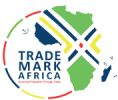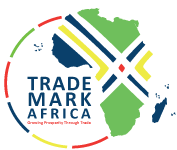Kikuubo is one of East Africa’s most important trade hubs, handling goods from across the region and the world. An estimated 10,000 women work as small-scale traders in the area, making it a fitting setting for the launch of a new initiative aimed at empowering women who drive Uganda’s trading economy. Announced in July by Uganda’s Minister of Trade, Industry and Cooperatives, Amelia Kyambadde and launched 15th October in Nairobi as part of wider regional program, TradeMark’s East Africa (TMA) Women and Trade program will partner with Uganda Women Entrepreneurs Association Ltd (UWEAL)—targeting 4,000 female traders in and around Kampala, Mukono and Jinja. The programme will give women information and training about the East African Community (EAC) import and export procedures, how to access markets in the EAC and amplify their voices so that they can participate in national and regional trade policy. It also aims to work with 400 women-owned light manufacturing businesses that add value to products e.g. process honey, juice, nuts, herbals and other products, helping them to form sector based cooperatives to address non-tariff barriers, enhance standards for their products and access new market linkages within the region, with an end goal of increasing exports from this market segment by 10 per cent by the end of 2016. Women in Uganda—as in much of Africa—find it more difficult to access resources and opportunities than men. They are often less able to obtain credit, land rights and education, creating huge impediments to starting and expanding a business....
Investing in women’s ability to do business makes sense
Posted on: November 30, 2015
Posted on: November 30, 2015





















